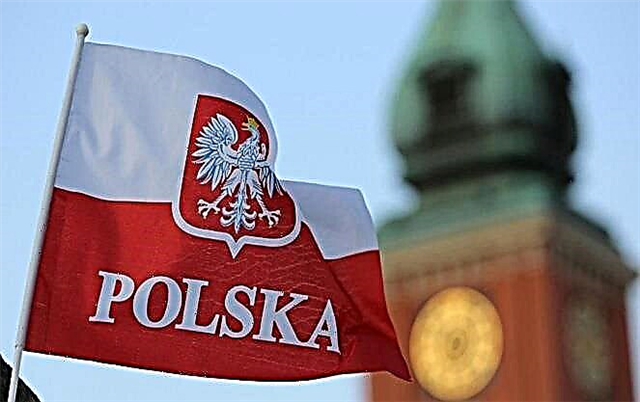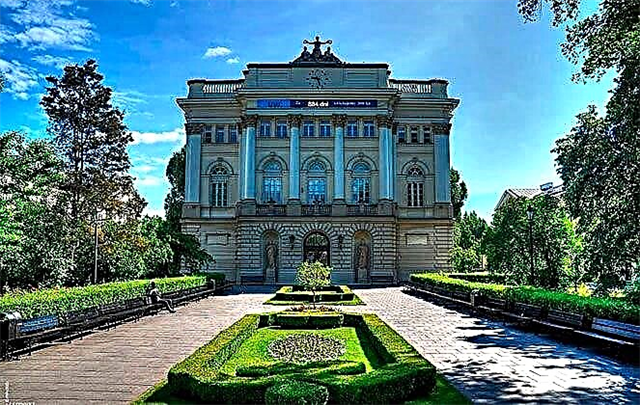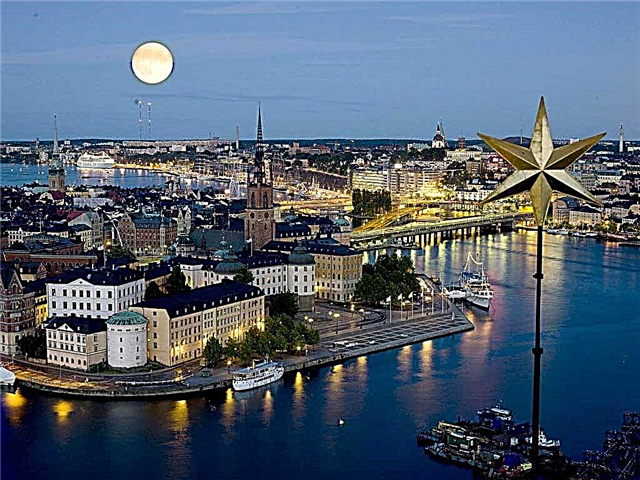The unfavorable economic or political situation in the country forces its inhabitants to seek states with favorable living conditions and great opportunities. The term migration, meaning resettlement, includes many types of movement of citizens, including not only to Russia, but also from the country.
How many migrants are in Russia
The number of all foreigners entering the country is subject to strict records. According to the statistics of the Ministry of Internal Affairs of the Russian Federation, from January of this year to November, the migration situation is as follows.
Almost 16.5 million foreign citizens were registered for migration in 2021, compared to 14.5 million registered in 2019.
Types of migration
The gradation of movement of citizens from one state to another is carried out according to several parameters:
- In terms of finality (irrevocable - permanent residence, returnable - residence permit and other types);
- By the time of stay (seasonal - tourist, pendulum - labor shift and other regular movements);
- In the direction (to the country - immigration, from the country - emigration);
- By the degree of compulsion (voluntary, compulsory, forced).
By the way. The migration situation is changing all the time. Currently, there are more immigrants in Russia than those who left it in search of a better life outside the country. But experts, in connection with the worsening economic situation, predict an increase in the emigration wave in the coming year.
Why do foreigners go to Russia
Among the main goals of migrants, almost all of them relate to the normalization of the standard of living:
- Personal and family safety;
- Medical care in an accessible form;
- The possibility of getting an education;
- Availability of work and livelihood;
- Availability of housing or the possibility of purchasing it;
- Availability of products necessary for quality nutrition.
By the way. The level of development of different countries is different. Migrants from many countries go to Russia for all this. Many emigrate for the same from Russia to more successful states.
Some immigration decline is predicted today, but this is only in comparison with the saturated events of 2013-2014. Compared to 2019, 2018 and 2017, a larger number of people immigrated to the Russian Federation this year.
You May Also Like
Migrants from Uzbekistan
For several years Uzbekistan has been the leader in the number of migrants who went to the Russian Federation. The trend continues this year.
By the way. Over the three quarters of 2021, more than 3.5 million people entered the federation from this republic. Almost one and a half million of them are for work purposes (according to migration cards).
Of course, not everyone managed to find a job: someone came back, someone was expelled from the country for violations, but in general, Uzbek workers ousted Tajik workers in number and took a strong leading position.
Migrants from Tajikistan
This state is in second place of honor in terms of the number of citizens who left it and went to Russia. Of the 1,745,555 guests of Russia in the first three quarters of the year, almost 800 thousand people came to work.
By the way. The flow of Tajik labor migrants has declined, even despite the Russian government's announced amnesty for "non-entry" citizens of this country and permission for them to cross the border of the federation.
Migrants from Ukraine
Earlier, after the Uzbeks and Tajiks, the top three were formed by Kyrgyz citizens. But since 2013, they have been supplanted by Ukraine, which is still in third place in terms of the number of residents who came to Russia. True, out of more than a million Ukrainians who arrived, only 347,272 indicated employment as a migration goal.

Distribution over Russian territory
Traditionally, most of the workers are eager to go to Moscow and the region, as well as to St. Petersburg.
Table. Territorial distribution of immigrants
You May Also Like
| Territory | Quantitative indicator (people arrived in the 1-3 quarters of 2018) |
| Moscow | 1 249 664 |
| St. Petersburg and the region | 718 567 |
| Moscow region | 343 508 |
| Sverdlovsk region | 100 485 |
In addition to the central regions, the following are popular among immigrants:
- Samara region;
- Irkutsk;
- Novosibirsk;
- Krasnodar region;
- Khanty-Mansiysk;
- Tatarstan.
Illegal immigration
In October of this year, the mayor of Moscow, announcing the city's income from legal labor migration, named the figure of 16 billion rubles.
Of course, illegal migration is undesirable for the state, and it is fighting this phenomenon with strict punitive measures.
Fines amounting to more than 7 million rubles are issued annually. The rules are being tightened. Illegals are expelled from the country. In addition, the state can prohibit the return entry of illegal immigrants for a certain period and even imprison them if a repeated or malicious violation of migration policy is revealed.
In 2019, a number of updated laws and regulations came into force, ignorance of which does not exempt foreigners from liability:
- The cost of labor patents has increased (minimum - 2,023 rubles, maximum - 8,354 rubles);
- The quota for issuing a TRP has almost halved;
- The quota for foreign workers was reduced by 20%;
- VHI policy has become mandatory;
- The regions received permission to restrict the admission of migrants at their own discretion;
- Sakhalin and Yakutia do not allow foreigners to work in security departments, in gold mining, in health care, education;
- Novosibirsk does not accept migrants in 39 spheres of activity;
- Fines have increased for employers for late signing contracts with immigrant workers.
All these measures are aimed at legalizing the labor of foreigners and their scrupulous accounting.
Emigration - where do Russians go
Along with the admission of foreign citizens, Russia annually releases millions of residents who migrate in relation to the state. Resettlement to economically more developed countries than Russia is an inevitable process.
It is promoted by:
- Weakening of the ruble;
- Increase in the unemployment rate;
- Decrease in living standards in Russia.
Important! Unlike the immigration flow that goes to the Russian Federation from the near abroad and consists of 80% of unskilled or low-skilled workers, specialists of average and higher qualifications mainly leave Russia.

The surge in the emigration wave began after a long recession in 2013 due to the Ukrainian crisis. Analysts also associate the increased outflow of emigrants with Putin's re-election for another term and the absence of significant economic reforms in the country.
Countries to which Russians travel:
- USA;
- Canada;
- Australia;
- Germany;
- Finland;
- Georgia;
- Israel;
- Great Britain;
- Czech;
- Norway;
- Spain;
- New Zealand;
- Switzerland;
- Turkey;
- Korea;
- Estonia.
All these countries are distinguished by stable economies and wide opportunities for specialists to realize themselves professionally. The high standard of living of citizens of these states and its quality are also taken into account. The last, albeit not insignificant, factor is the degree of complexity of the legalization process in the country chosen for emigration.
By the way. According to statistics, the majority of those who left chose to live in countries with an economic level equal to that of Russia - the CIS countries.
Over the previous year, 313,210 people left the federation, 256,480 of them - for the CIS. This:
- Kazakhstan;
- Armenia;
- Moldova;
- Uzbekistan;
- Kazakhstan;
- Tajikistan.
Left to the rest of the world a total of 56,730 Russian citizens.

Important! The Russian Federation, like no other country, has developed internal migration. When from distant districts some people go to the center of the country for prestige, while others, on the contrary, leave for the northern districts for high earnings.
Migration forecast
Today there is a surge in the outflow of citizens from the country and a gradual decrease in the inflow of migrants. How will the situation develop in the future? There are UN analytical forecasts based on statistical data. They say that this trend will continue until at least 2050. Moreover, the outflow of the population is predicted not only for Russia, but also for all CIS countries.

Migration processes are inevitable. More and more people are getting involved in them. It cannot be judged in terms of "good" or "bad". Every person has the right to choose the country he likes for life. The main thing is to do it legally, without violating state and migration laws.











